6 factors to distinguish the quality of pearls
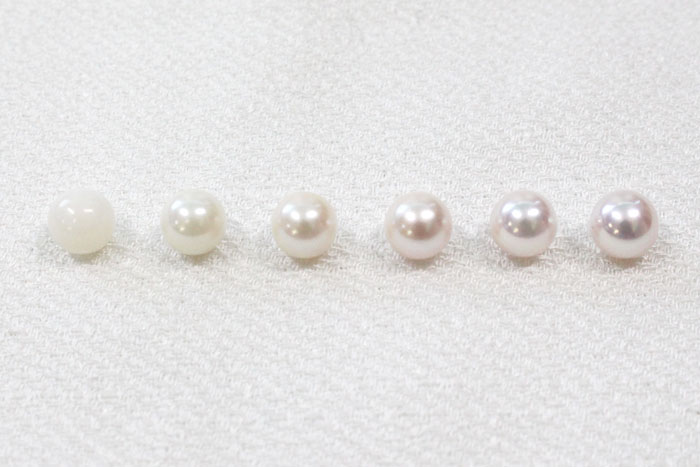
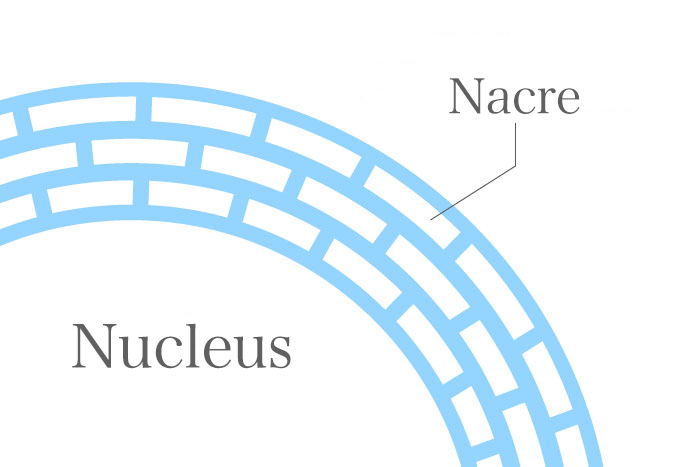
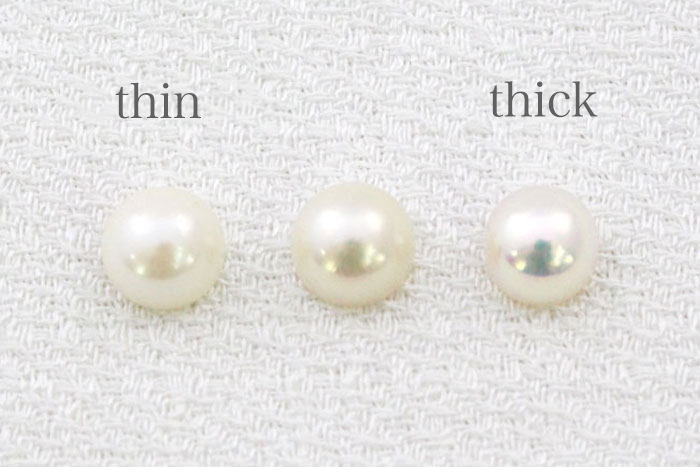
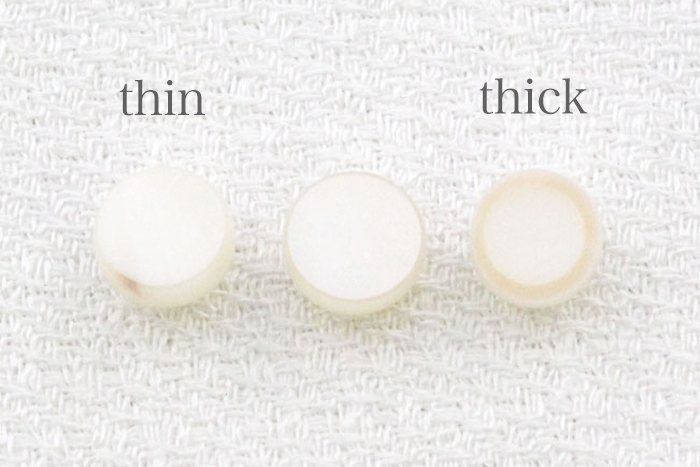
- POINT
- There are two types called “Tonen-mono (harvested within a year)” and “Koshi-mono (harvested over the year)”. Koshi-mono has a longer period that pearls stay inside, therefore, nacre become thicker. However, it doesn’t always work that way. It depends on the condition of every Akoya oyster. Weak ones don’t secret nacre so much even if they nurture a pearl more than a year. On the contrary, strong ones secret lots of nacre even within a year. We can’t always say “Koshi-mono” has thicker nacre or “Tonen-mono” has thinner nacre.

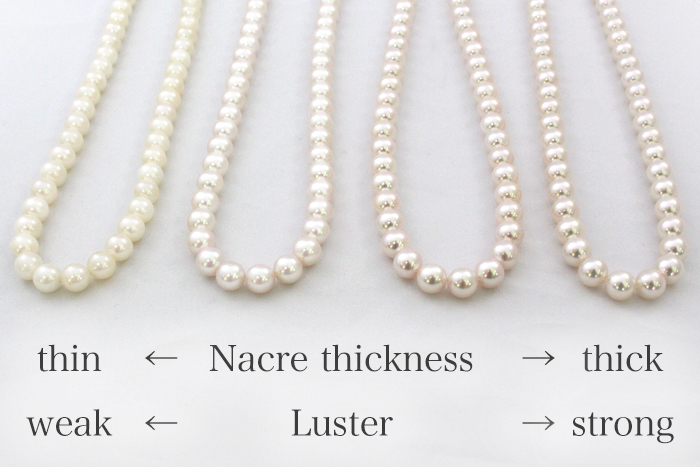
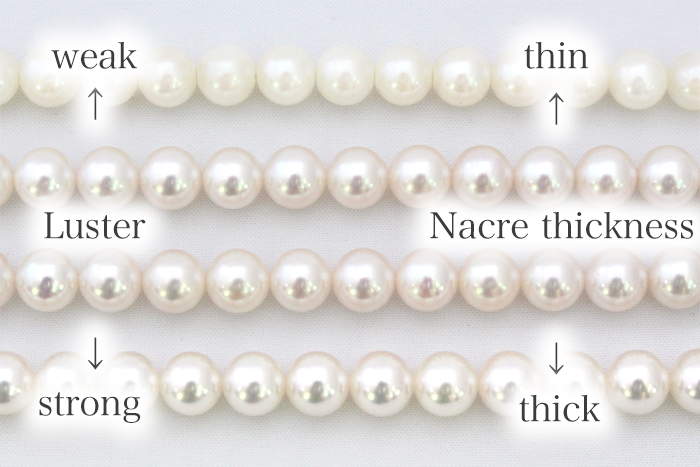
- POINT
-
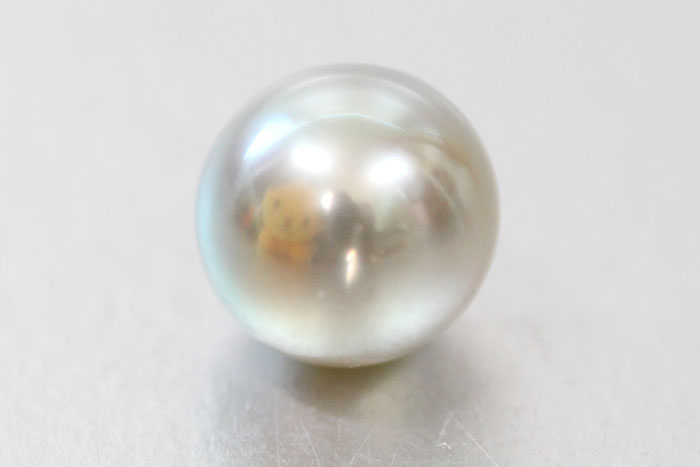
In the picture on the left you can see the yellow plush toy that is Ehime Prefecture’s image-up character “Mikyan” on the surface of the pearl. The surface of a pearl with a strong luster is like a mirror.
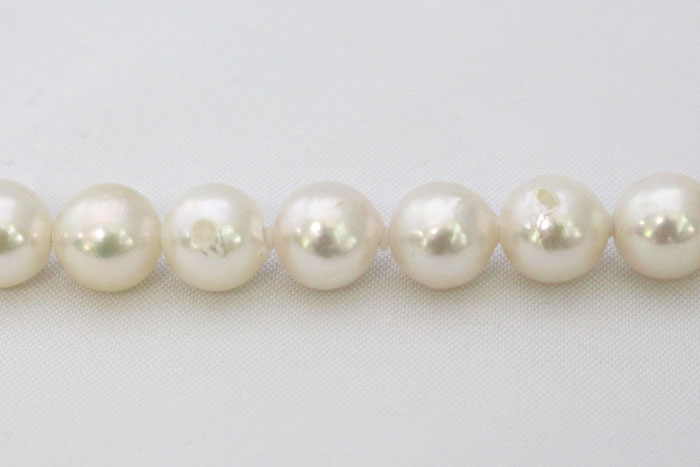

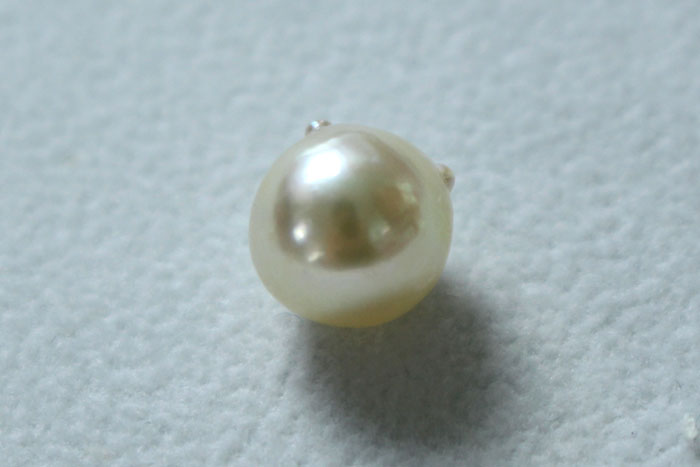

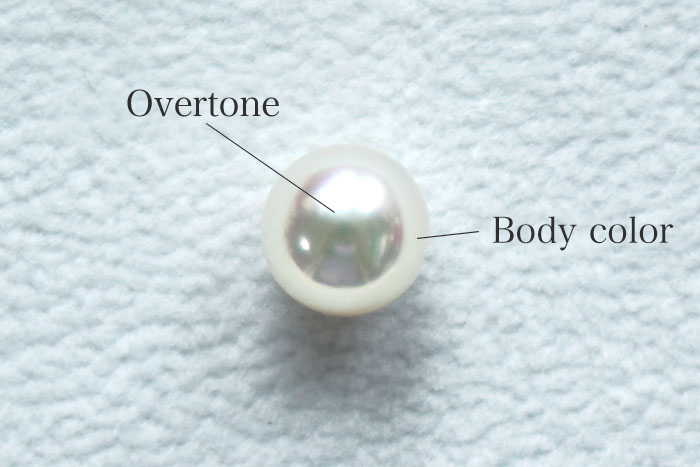
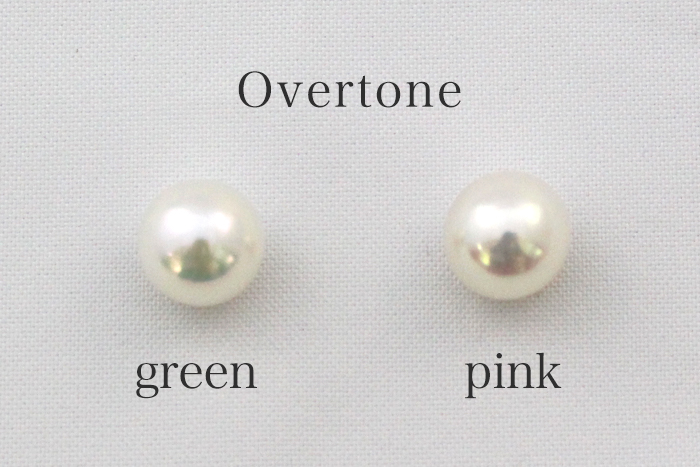
“body color” and “overtone”
To categorize it even further, there are “body color” and “overtone”. When you look at a pearl closely, you see different colors on its center and surface. The color on its center is called “body color” whereas the one on the surface is called “overtone”. “Overtone” is a color formed by the layer of nacre. “Overtone” is classified into 2 colors, pink and green.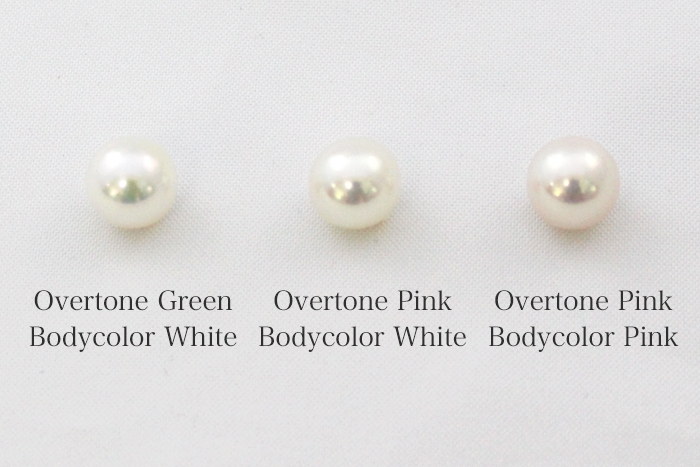


Blue pearl
Blue pearls are categorized into “natural blue” and “cobalt blue”. “Natural blue” literally means a natural color. “Cobalt blue” is the one artificially processed and changed the color. We don’t harvest so many natural blue pearls, they are therefore rare and highly valued.Gold pearls
Gold pearls can be nurtured from Akoya oysters, but it’s very rare nowadays.
Shell color and pearl color
A part called nacre that we can see inside Akoya oyster’s shell is very beautiful. The color varies pink, white, blue and yellow. The glitter and the color of the shell are reflected on pearls. That’s why pearls vary in color. You never know what color a pearl has until you open the shell. This is the moment of astonishment.
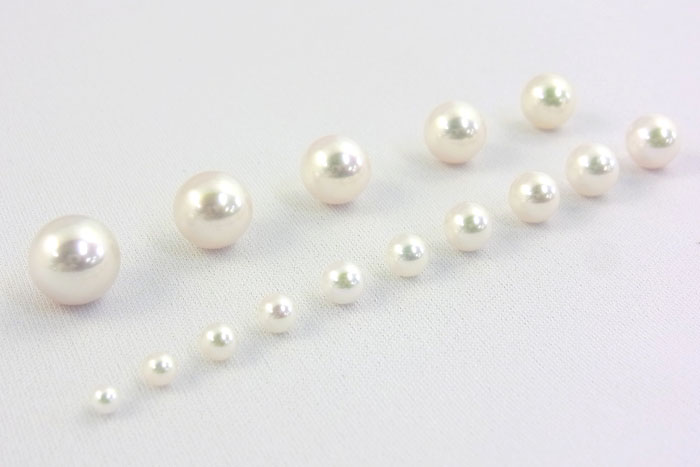




- POINT
-

“Baroque pearls” often have a high quality. The irregular shaped pearls called “baroque pearls” basically have thick nacre. What forms a pearl is a layer of nacre. The thickness of one layer is about 0.3µm. Thousands of the nacre layers form a pearl. There is no wonder a pearl can be deformed especially when we think about how many thin layers are piled. When the warp is notable, they become baroque pearls. In other words, the ones with warp have thick nacre. Since the nacre is thick, it has a strong luster.



